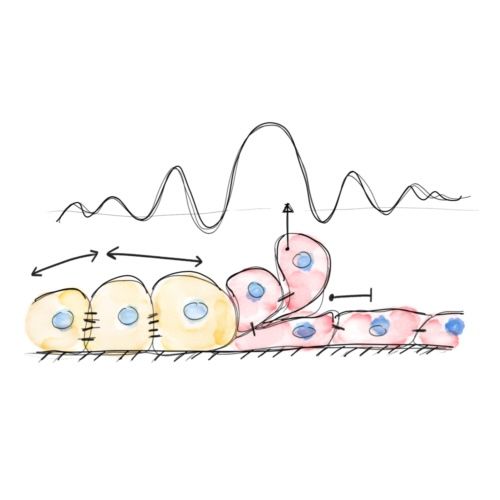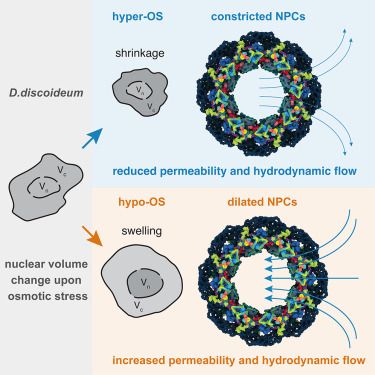https://orcid.org/0000-0002-2400-4669
https://scholar.google.com/citations?user=Qfox
We find a unique mechanism for body axis elongation in mammals, different from other vertebrate species
➡️ www.biorxiv.org/content/10.1...
We find a unique mechanism for body axis elongation in mammals, different from other vertebrate species
➡️ www.biorxiv.org/content/10.1...
Number of canceled NIH grants by institution:
1 Columbia U 163
2 Johns Hopkins 12
3 Emory 6
4 U. Michigan 5
5 U. Minnesota 5
6 U Miami Med Sch. 4
7 UCSF 4
8 U Chicago 3
Source: taggs.hhs.gov/Content/Data...

Number of canceled NIH grants by institution:
1 Columbia U 163
2 Johns Hopkins 12
3 Emory 6
4 U. Michigan 5
5 U. Minnesota 5
6 U Miami Med Sch. 4
7 UCSF 4
8 U Chicago 3
Source: taggs.hhs.gov/Content/Data...
www.science.org/doi/10.1126/...

www.science.org/doi/10.1126/...
@naturematerials.bsky.social
on mechanical cell competition! Great collaboration between our CAM team, Chavrier's and Doostmohammadi's. Special congrats
@luanger.bsky.social, @andreasschoenit.bsky.social, Siavash Monfared! 🎉
www.nature.com/articles/s41...

@naturematerials.bsky.social
on mechanical cell competition! Great collaboration between our CAM team, Chavrier's and Doostmohammadi's. Special congrats
@luanger.bsky.social, @andreasschoenit.bsky.social, Siavash Monfared! 🎉
www.nature.com/articles/s41...
www.science.org/doi/10.1126/...
www.science.org/doi/10.1126/...

www.science.org/doi/10.1126/...
www.science.org/doi/10.1126/...
journals.biologists.com/bio/article/...

journals.biologists.com/bio/article/...
May 7th: Elvan Böke @crg.eu
May 14th: Felicity Jones @unigroningen.bsky.social
May 21st : Ofer Rog @theroglab.bsky.social @utah.edu
May 28th: Francesca Cole @francescacole.bsky.social @mdanderson.bsky.social
meiosis.cornell.edu/mayosis2025/...
🧵⬇️

May 7th: Elvan Böke @crg.eu
May 14th: Felicity Jones @unigroningen.bsky.social
May 21st : Ofer Rog @theroglab.bsky.social @utah.edu
May 28th: Francesca Cole @francescacole.bsky.social @mdanderson.bsky.social
meiosis.cornell.edu/mayosis2025/...
🧵⬇️
www.science.org/doi/10.1126/...

www.science.org/doi/10.1126/...
www.cell.com/molecular-ce...

www.cell.com/molecular-ce...
Link here:
www.nature.com/articles/s43...

Link here:
www.nature.com/articles/s43...

